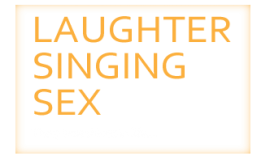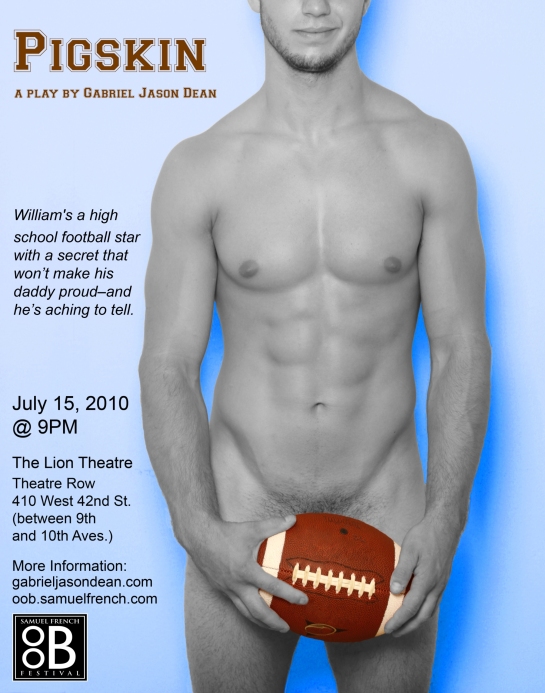So today is my birthday. I tend to forget that it’s coming until the week before. This year, however, I have decided to be more excited than I traditionally am. This year I am building toward my Hwangap. What could that mean? I will explain:
Samuel French has recently published a play called American Hwangap, a story of a Korean family celebrating the 60th birthday of their patriach. Wikipedia tells us that “A Hwangap is a Korean traditional way of celebrating one’s 60th birthday. The number 60 means accomplishing one big circle in one’s life. This circle is five complete cycles of the 12 year Chinese Zodiac.”
I kind of liked the idea of having another “cool” birthday to look forward to now that I have passed 21. The more I thought about Hwangaps and what they stand for the more I annoyed my close friends by telling them repeatedly that “the problem with America is that we value youth and not age or skill or wisdom and that makes it hard to be excited about your birthdays when you are just getting older and thats it!”
So, I made a few resolutions to celebrate age and wisdom, and I’m actually going to apply that to myself. This past year was not stagnant. I was astonished how much you grow from just one insignificant birthday to another. I learned a ton about growing-up, relationships, adulthood, and mashups.
I LOVE mashups. In fact, if you were to ask me what I wanted for my birthday, after fridge magnets and unmatched bookends I would say that I want to be made into a mash-up DJ. … if you’re listening, MTV….
I’ve been systematically signing up for 10 day trials of every music editor that I can find online. I have a great time playing around and even had partial success making a club remix out of Bette Midler’s The Rose. I expect my birthday treat to myself will be some snazzy sound software and business cards for the newly born DJ RedScare.
For now I think I will finish this post with a music clip of one of the muscial highlights of my year. This crazy mashup comes from the Best of Bootie 2009 Album. Club Bootie in San Francisco specializes in mash-ups and has countless mashups available for download at bootiemashup.com. It features Kelly Clarkson, Pink, Ozzy Osbourne and Daft Punk all at once, titled: My Life on Crazy Train Sucks (So What?!). In one word: Inspired.



